Name Kurt Buhligen | Years of service 1936–45 | |
 | ||
Buried at City cemetery at Nidda (Section D, Grave 42) | ||
Schöter and Bühligen at Beaumont le Roger 1941
Kurt Bühligen (13 December 1917 – 11 August 1985) was a Luftwaffe World War II flying ace who served from 1936 until early 1945. Credited with downing 112 enemy aircraft, he received the Knight's Cross of the Iron Cross with Oak Leaves and Swords.
Contents
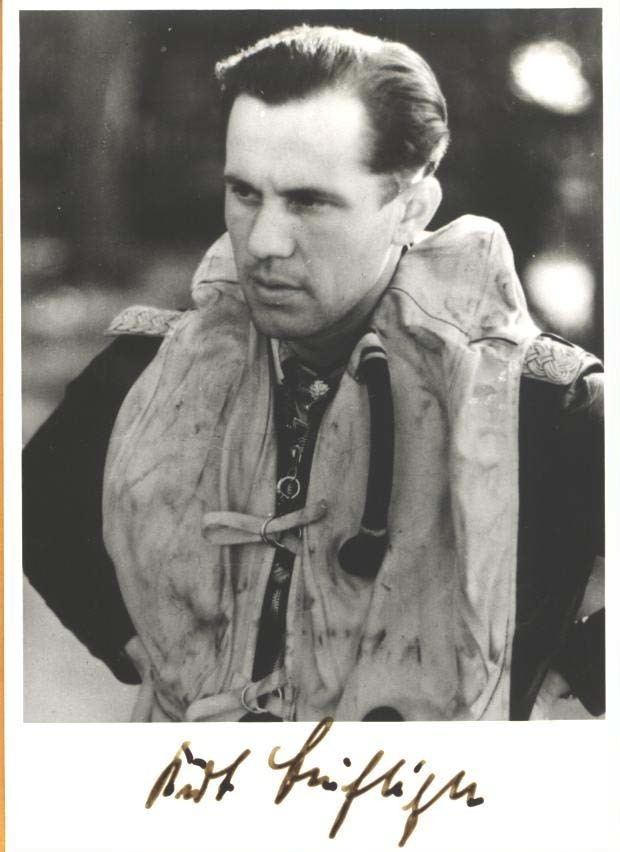
Early life and career
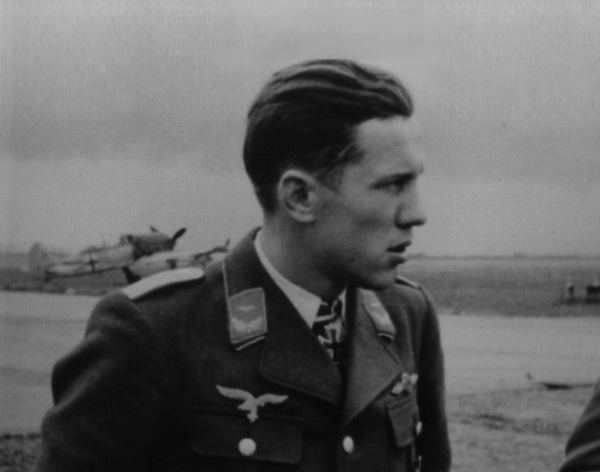
Bühligen, the son of a pipefitter, was born on 13 December 1917 in Granschütz, in Province of Saxony of the German Empire. He joined the military service of the Luftwaffe with Flieger-Ersatz-Abteilung (Aviator Replacement Unit) in Oschatz on 13 March 1936. Following his recruit training he served as an aircraft mechanic with Kampfgeschwader 153 (KG 153—153rd Bomber Wing) from September 1937 to 15 February 1938. He then served as a mechanic with 2. Staffel (squadron) of Kampfgeschwader 4 (KG 4—4th Bomber Wing) from 16 February 1938 to 30 April 1939.
World War II
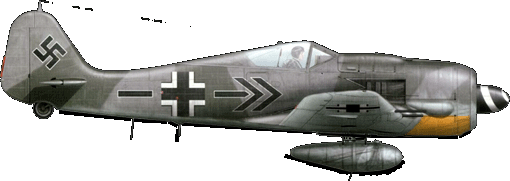
He initially joined the Luftwaffe as a mechanic, before transferring to flying training during 1938–39. In July 1940 he was posted to Jagdgeschwader 2 (JG 2) as an Unteroffizier pilot.

Bühligen claimed his first aerial victory — a Hawker Hurricane over Kent — on 4 September 1940 and was awarded the Ritterkreuz a year later after 20 further claims.
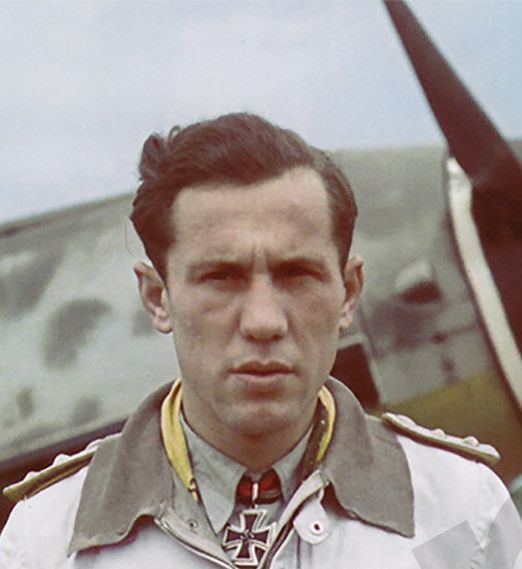
In December 1942 Bühligen served with II./JG 2 in Tunisia and North Africa, claiming some 40 Allied kills before returning to Europe in March 1943. By March 1944 he had scored 96 kills and was now a Major in command of II./JG 2. On 7 June 1944, Bühligen was credited with his 100th aerial victory. He was the 75th Luftwaffe pilot to achieve the century mark. Bühligen led JG 2 in carrying out operations against the Soviet advance on the Eastern Front. In early 1945, now Geschwaderkommodore of JG 2, an engine failure caused Bühligen to be taken prisoner by the Soviets, being finally released in 1950.
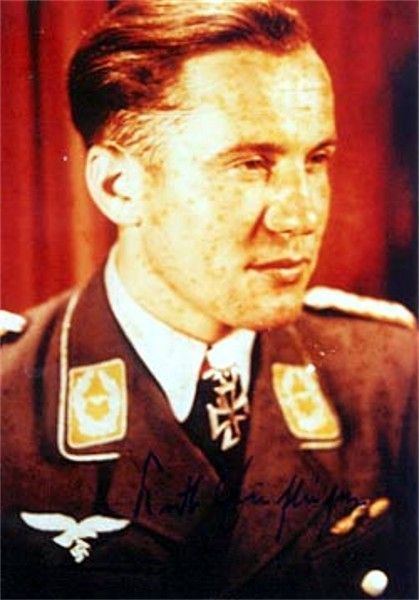
He shot down some 112 enemy aircraft in over 700 operations, becoming the fourth highest Luftwaffe scorer against the Western Allies. All his victories were claimed over the Western Front and North Africa and included 47 Spitfires and 46 United States Army Air Forces (USAAF) victims; 13 P-38, 9 P-47, 7 US operated Spitfires and 24 four-engine bombers. He was never shot down but had to make emergency landings on 3 occasions. His final command was Geschwaderkommodore of the JG 2 fighter wing.
